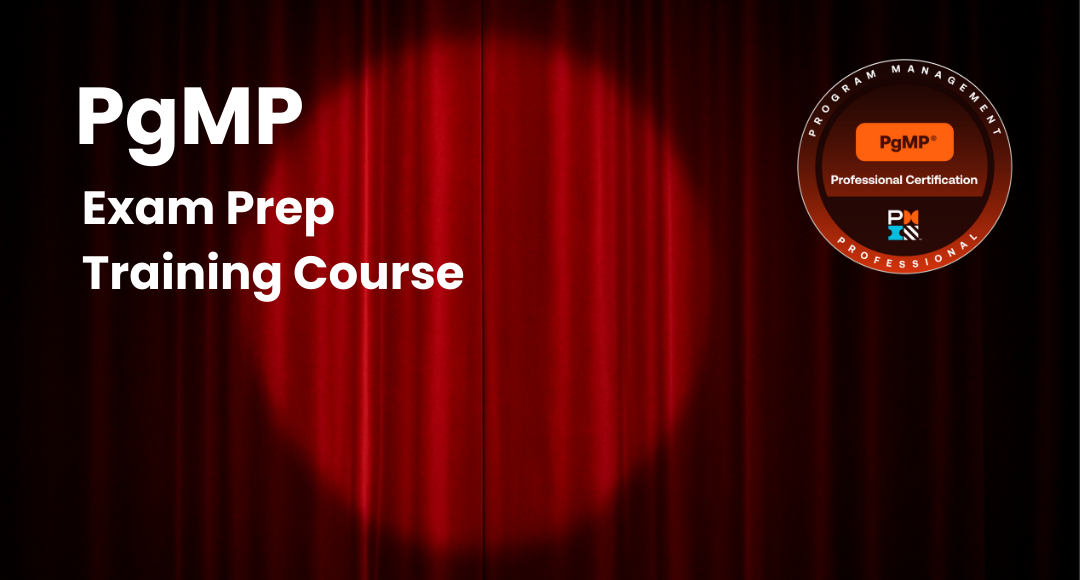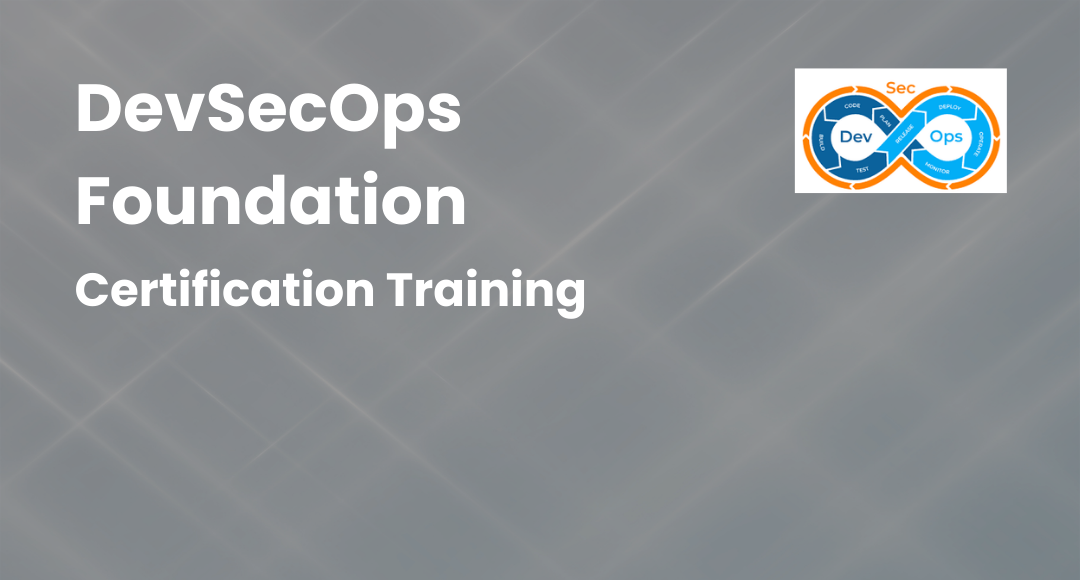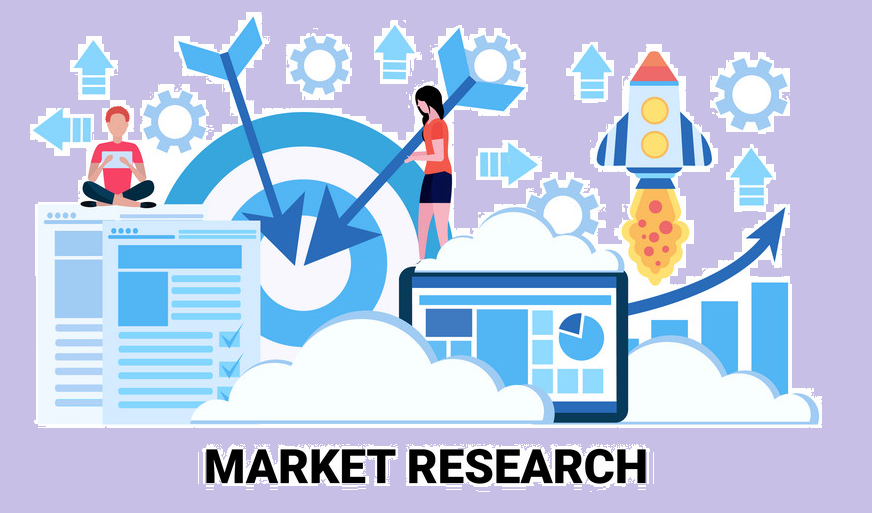Scrum vs Safe – Differences Explained
-
 By Aradhya Kumar
By Aradhya Kumar - Published on Jul 26 2022

Scrum vs SAFe® - Understanding the Differences between Scrum and SAFe®
Scrum and Scaled Agile Framework (SAFe®) are based on agile framework concepts and principles. Although there are only minor variations between Scrum and SAFe®, it is critical to grasp both thoroughly. Scrum framework is based on agile framework ideas and principles, while SAFe® is an enterprise-level implementation of Scrum Framework.
The primary distinction between the two is how they approach their task. In a nutshell, Scrum is used to organize small teams, while SAFe® is helpful to organize the whole enterprise. Furthermore, the Scrum framework tends to overlook several critical areas that SAFe® manages to include.
A scrum is an agile framework approach for software development, while SAFe® is an enterprise-level setup method. Scrum seems easy in theory, but it isn't easy to put into practice.
About Scrum Framework
Scrum framework is an iterative product development process that divides a project into manageable pieces that finish by small cross-functional teams within a set time frame. It emphasizes a consistent delivery cadence and depends on cross-functional teams, particular supporting roles, and a series of rituals to finish the project.
Scrum framework relies on three essential parts to design, organize, administrate, and optimize a process (Product Owner, Scrum Master, and Development Team). The product owner generates a list of tasks to be performed, which the scrum team then divides into smaller portions known as sprints. A sprint lasts two to four weeks and results in project deliverables ready to deliver to the client.
This approach is repeated over multiple sprints until the project completes or the money depletes. It is a very effective and frequently utilized agile technique that offers several advantages.
As a result, Scrum is essentially a technique for breaking down a project into tiny and manageable portions that can be completed by a cross-functional team within the time frame specified. Scrum framework uses three steps to plan, organize, manage, and optimize a process.
They do the product owner is in charge of early planning, organization, and communication with the firm. The Scrum Master is in charge of overseeing the task throughout each sprint. The team members must carry out the tasks assigned to them for each sprint.
Scrum framework largely relies on three roles to design, coordinate, govern, and optimize a process:
Product Owner: He is in charge of planning, organizing, and interacting with the firm.
Scrum Master: The Scrum Master must oversee the task during the sprints.
Scrum Team: The primary goal of the Scrum Team is to complete the assigned task for each sprint.
Adaptability
The scrum structure is very adaptable to any circumstance. It is best suited for pending cases or scenarios where precise requirements cannot be stated at the start of a process since it assumes that feedback and other variables guide the product development process.
Rapid Time-to-Market
Scrum framework guarantees that developers design and execute the product gradually and iteratively via Sprints, which are brief periods (for example, one to four weeks) during which the scrum teamwork to finishes a predetermined number of tasks. As a consequence of this technique, the time to the market reduces.
Improved Product Quality
Solutions created using the Scrum framework methodology are high-quality and high-value products. Scrum fosters a self-organizing and free atmosphere where developers may take full responsibility for their work and develop unique ideas to enhance the solution. Furthermore, customer input after each sprint assists engineers in improving the solution in subsequent sprints. As a result, product quality improves.
Client Satisfaction Has Increased
Scrum framework encourages customer participation throughout the development process. Client satisfaction with the development process grows when they can provide frequent feedback and see that their contributions are helpful to form the result. It also boosts their faith in the development team and their likelihood that the final product will fulfill their expectations.
A few drawbacks should be kept in mind while using this product:
Prerequisites for Training
It is critical that the development team fully understands the Scrum framework's principles. As a result, it requires some training to ensure that it does not become inefficient in the long run.
Transformation of an Organization
Successful scrum framework deployment necessitates the removal of organizational impediments and change across the company. It necessitates more teamwork, which might be challenging to obtain at times.
Extensibility
Scrum is best suited to small and medium-sized enterprises. Its scalability might be a significant barrier for organizations that want to use it on a broader scale.
Large-Scale Scrum
Scaling the Scrum framework to more extensive and more complicated projects requiring numerous teams to work on is significant. It integrates with enterprise-level management operations like program and overall project portfolio management. As a result, several agile frameworks for large-scale corporate projects are now accessible. The Scaled Agile Framework is one of them (SAFe).
As a result, the Scaled Agile Framework differs from the Scrum framework in that it encompasses the whole company inside its framework. At the same time, the Scrum framework is based exclusively on a small group of individuals. It absorbs the entire organization rather than just a team, covering what Scrum cannot.
Top Scrum Certification Recommendations:
CSPO Certified Scrum Product Owner Certification
CSM Certified Scrum Master Training
About SAFe®️ Framework
SAFe is primarily concerned with program management, portfolio management, and team management. It also emphasizes release planning and hindsight to improve, while Scrum does not. It is an abbreviation for 'Scalable Agile Framework' It is a strategy that affects the whole organization, not just a team.
SAFe® adapts Scrum for larger organizations and allows more prominent groups to work on the same project as Scrum recommended.
SAFe® defines three organizational levels: Portfolio, Program, and Team. Because of its tiered approach to task delivery, this structure accepts in big businesses. Unlike Scrum, it focuses on retrospective and releases preparation to make changes.
SAFe® comprises three critical components:
What exactly is Scaled Agile Framework (SAFe)?
The Scaled Agile Framework (SAFe) is a large-scale development framework that incorporates current lean and agile framework ideas into a template framework for large-scale projects.
It is founded on three fundamental areas of knowledge:
- Agile framework development
- Product Development Using Lean Principles
- Consideration of Systems
SAFe offers additional communication and controls to enable individuals to utilize the Scaled Agile Framework (such as Scrum) with huge organizations. It makes an effort to embrace critical principles such as alignment, built-in quality, transparency, and program execution. Using these ideas, SAFe significantly improves delivery time, employee engagement, job productivity, and, most importantly, product quality. Portfolio management, value stream management, program management, and team management are all emphasized in SAFe.
Now that you're familiar with both frameworks let's look at how Scrum and Scaled Agile Framework vary.
Scalability
The SAFe architecture provides enterprise-level scalability and addresses all levels of a company attempting to scale an agile framework. It expands the agility concept beyond development teams to executives and the C-suite.
Improved Time to Value
SAFe enables enterprise-level cooperation to accomplish a consistent set of objectives, from scrum teams through Agile Release Trains (ARTs) and C-suite executives. As a result, the value gives more quickly since it allows for direct input at all levels and repeats, and unified planning and execution.
Separates Silos
By encouraging communication between business and technology teams, the SAFe framework breaks down silos. It guarantees that the organization's business strategy and goals are wholly aligned with IT delivery by increasing contact between business stakeholders and IT employees.
Drawbacks
It does, however, provide a few problems that users must consider:
Freedom with Restrictions
The developers' freedom and flexibility to experiment and be self-organized are limited due to the specialized functions of numerous levels of coordination and administration, particularly in terms of decision making.
Misapplication of the IP Sprint
The Innovation and Planning (IP) sprint is often misunderstood in the SAFe framework. It is frequently exploited as a hardening phase to meet deadlines, ignoring the sprint's objective.
SME's are not eligible
SAFe is mainly useful as an agility scaling framework for big corporations. Hence it is not appropriate for small or medium-sized businesses.
Other factors that distinguish
SAFe has also received significant criticism. There have been some points made. According to some detractors, this framework is immature and fails in-field testing. Some argue that since it is for many consultancies, it is too simplistic and suits all instances.
There are too many laws that make it less practical, although others argue that this is the essence of the Scaled Agile framework. Though these criticisms will continue, SAFe's framework is validated, and it seems that it will continue to prevail over Scrum and other agile frameworks.
Enroll in the Leading SAFe® Agilist 5.0 Certification Training and get certified.
Scrum Vs SAFe – Key Differences
An overview of the Scrum and SAFe methodologies based on Agile framework technology is provided in this article. This also explains the difference between Scrum and SAFe.
Methodology of Agile
The agile framework is a development technique that emphasizes iterative development. Agile software development covers the procedure to aid self-organization and liability with the most delicate set of engineering standards. It also helps to facilitate the rapid delivery of high-quality software.
The Scaled Agile Framework method of processing provides for a professional approach, which ultimately assists in focusing the development of firm objectives and meeting the different wants of its consumers.
This method was developed by fourteen renowned corporate people in the technology sector. It represents their talent and bias, which easily fits the requirements of the specified platform. All of the concepts in use are based on the Agile framework Manifesto.
Scaled Scrum
- A scrum is a flexible approach to managing heterogeneous software development projects.
- Smaller teams must run their company. It helps scale frameworks of any size.
- It finds three key goals: inspection, transparency, and accountability.
- Scrum at scale is an expansion of the scrum framework.
- It is an extendable strategy for expanding Scrum, using a set of common objectives to align the whole business.
- Instead of seeing Scrum as a technique, consider it a distinct framework for executing a process.
- Scrum's concept is straightforward, yet it isn't easy to implement from the ground up.
- Unlike the Scaled Agile Framework, Scrum scaling overlooks several critical issues.
- This method is easily adjustable.
- For one thing, it has a modular design which means no two scrum implementations are precisely identical.
- The framework necessary for scrum scaling is determined only on an individual case basis.
- It is sufficient in this case to use modules that require by the particular platform and purpose. It enables team members to cope with highly specialized procedures that result in a large variety of job options.
Scaled Agile Framework (SAFe)
- SAFe is essentially an enterprise-scale implementation strategy.
- It is the most used scrum scaling framework.
- SAFe is commonly used to direct the work of a whole company with an enormous scope.
- It employs Lean and Agile principles and theories, which encases a templated structure.
- This approach describes a highly structured framework for operating an organizational context entirely based on the Agile framework value stream.
- SAFe allows you to handle all elements and features of any company.
- It incorporates a DevOps standard strategy for agile processing.
- It is easily implementable while preserving its present process structure and organizational characteristics.
- SAFe offers the capacity to quickly enjoy the advantages of a localized agile working method in any environment.
- It is not as adaptable and straightforward to use as Scrum scaling.
- The Scaled Agile Framework necessitates critical planning for your value creation with many analyses.
SAFe is a generally accessible foundation of knowledge that consists of a collection of structures, and ideas and It is to scale seamlessly utilizing agile characteristics. It was the first option for all companies that used ad hoc or waterfall approaches. It can constantly provide agile advantages overall techniques.
Scrum Advantages
- High-value qualities are produced and provided much too quickly.
- Increased coherence saves time and reduces waste.
- Reduces non-productive work for employees
- Ensures maximum delivery value and allows for re-prioritization
- Focuses on project-level tracking through monitoring, recognizing, and resolving errors as soon as possible.
SAFe Advantages
- Even the most prominent organizations may benefit from being more attentive and sensitive to their employees.
- Ensures quicker delivery.
- It primarily fosters and develops staff worries and overall organization productivity.
- It focuses on coordinated efficacy delivery.
- This particular agile technique has resulted in a significant improvement in reducing faulty items.
- Scalable tooling.
It is critical to remember that proper tooling is always a consideration. The agile technique focuses on both individual and collaborative tools and procedures.
The well-organized agency is unquestionably encouraged for expanding the Scrum or SAFe approaches to directly or indirectly boost the productivity and profitability of linked teams.
Specific agile systems, such as codeBeamer ALM, may function well with any agile framework approach. Whether it is Scrum at Scale or the Scale Agile Framework technique, the tool may help expedite cooperation while aiding the specific transition process.
Scrum vs SAFe - How Do You Pick the Best Agile Framework?
No one framework is superior to another. There are a few factors to consider while choosing an Agile framework that best matches your requirements, such as:
- The context of implementation and the organization's goal
- Management's level of engagement in the project
- Size: How many workers does the firm have?
- Structure of a company
- The nature of the project management
- Stakeholders' needs and views
Agile, SAFe, and Scrum are discussed in this blog post. You've probably heard these words in the project management business over several years, as these methodologies have become more prevalent. A thorough comprehension of how these ideas vary and overlap may lack your knowledge. You may enhance your project development processes using agile, Scrum, and the Scaled Agile Framework (SAFe).
Before adopting these concepts to your organization, you must first comprehend their distinctions. This article compared and contrasted Agile, Scaled Agile Framework, and Scrum. What makes each plan unique might help you make the best choice for your business. Scrum and SAFe are not part of the agile framework strategy. For these operational frameworks, it's best to conceive of it as a high-level concept.
With SAFe and Scrum, the main distinction is the size of the teams that can accommodate them. It recommends that organizations with a clear hierarchy employ Scrum. SAFe's approach to Scrum is better suited to organizations with several departments and more than 100 people. If you've studied Agile, Scrum, and Scaled Agile Framework, you're ready to make an informed decision on which technique is ideal for your agile project management.
As part of your preparation for this job, make sure you have the necessary professional expertise. Training in project management is the most excellent approach to get these abilities.
Project management training partners can help you learn about the nuances of Agile and Scrum and how to manage projects using these frameworks in the context of your job. Certification in one of these areas may be an option for you. Choosing the best Agile strategy for your project management team and undergoing sufficient training can lead to an increase in customer satisfaction, project success, and overall profitability.
Conclusion
The primary difference between Scrum and SAFe® agile approaches is how they implement. SAFe® designs so that it fills the void created by Scrum. SAFe® emphasizes release planning and hindsight for improvement, while Scrum does not.
The primary distinction between the Scrum and SAFe agile approaches find how we put them into reality. It determines by the method used by each individual to do the task.
Agile development for a small or medium-sized business, which started around 20 years ago, is a solid way to improve software delivery time. It has also enhanced the overall quality of the development process while allowing for user participation.
Furthermore, it has offered a dependable pleasure on a growing platform for any tiny to huge-sized firm. The agile framework development technique differs from the long-established software management method known as Waterfall.
While Scrum is often used to organize small teams, SAFe® is typically used to collect a whole enterprise. SAFe®, on the other hand, manages to include several crucial things that Scrum does not. SAFe® is an enterprise-level setup approach, whereas Scrum is an Agile methodology to manage software development.
To get details about the best Scrum and SAFe training courses, reach us at Click Here or chat with course expert
Subscribe to our Newsletters
Popular Programs
PSM® - Professional Scrum Master Certification
Live Virtual Training
- 4.6 (75 + Ratings)
- 2k + Learners
Data Engineering on Microsoft Azure (DP-203)
Live Virtual Training
- 4.7 (48 + Ratings)
- 64k + Learners
Trending Posts
Everything about Scrum Methodology
Last updated on Jul 29 2024
Agile Release Plan Guide
Last updated on May 9 2023
Saturation Stage of Product Life Cycle: Complete Guide
Last updated on Nov 2 2023
A guide to Agility in cloud computing
Last updated on Mar 14 2023
Stakeholder Engagement Levels Guide
Last updated on Sep 16 2024
Scrum Career Path Explained
Last updated on Jul 14 2022
Categories
- Other 69
- Agile Management 45
- Cloud Computing 56
- Project Management 172
- Big Data 66
- Business Management 88
- Digital Marketing 78
- IT Service Management 29
- Programming Language 58
- AI and Machine Learning 76
- IT Security 112
- Quality Management 78
- IT Hardware and Networking 25
- Microsoft Program 4
- Workplace Skill Building 13
- Risk Management 9
- Information Security 8
- Leadership and Management 9
- Corporate Training and Development 1
Trending Now
List Of Traits An Effective Agile Scrum Master Must Possess
ArticleDevOps Vs Agile Differences Explained
ArticleDevops Tools Usage, and Benefits of Development Operations & VSTS
ArticleAgile Scrum Methodology - Benefits, Framework and Activities Explained
ArticleGuide to Agile Project Management 2026
Article10 best practices for effective DevOps in 2026
ArticleGuide to Becoming a Certified Scrum Master in 2026
ArticleWhy Should You Consider Getting a Scrum Master Certification?
ArticleCSM vs CSPO: Which Certification is Right for You?
ArticleAgile Manifesto - Principles, Values and Benefits
ArticleAgile Methodology Explained in Detail
ArticleAgile Project Management Explained
ArticleEverything about Scrum Methodology
ArticleLatest Agile Interview Questions and Answers To Look For In 2026
ArticleScrum Interview Questions and Answers 2026
ArticleTop Scrum Master Responsibilities 2026 (Updated)
ArticleCSM vs. PSM - Which Scrum Certification is Better?
ArticleSAFe Implementation Roadmap Guide
ArticleAgile Release Plan Guide
ArticleAgile Environment Guide
ArticleAgile Coaching Guide - Best Skills for Agile Coaches
ArticleAgile Principles Guide
ArticleSAFe Certifications List - Best of 2026
ArticleAgile Prioritization Techniques Explained
ArticleScrum Ceremonies Guide
ArticleProduct Owner Certifications List
ArticleScrum of Scrums Guide
ArticleBusiness Agility Guide - Importance, Benefits and Tips
ArticleStakeholder Engagement Levels Guide
ArticleScrum Master Career Path Explained
ArticleScrum Career Path Explained
ArticleScrum Workflow - A Step by Step Guide
ArticleA guide to Agility in cloud computing
ebookProduct Roadmap: An Ultimate Guide to Successful Planning and Implementation
ArticleProduct Life Cycle in Marketing: Essential Strategies for Product’s Success
ArticleProduct Life Cycle Strategies: Key to Maximizing Product Efficiency
ArticleScrum Master Salary Trends in 2026
ArticleProduct Life Cycle Model: A Guide to Understanding Your Product's Success
ArticleWhat is a Product Owner - Role, Objectives and Importance Explained
ArticleSuccessful Product Strategies for Introduction Stage of Product Life Cycle
ArticleUnlocking Career Opportunities in Product Management: Your Roadmap to Success
ArticleSaturation Stage of Product Life Cycle: Complete Guide
ArticleEssential Tools for Agile Project Management 2026
ArticleImportance of Procurement Management Software in Modern Business
Article

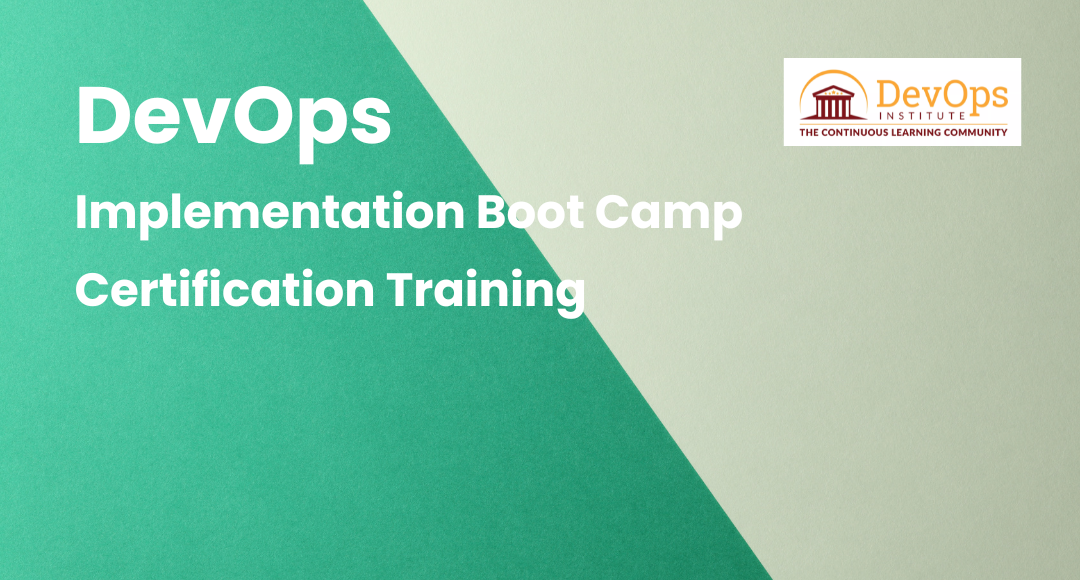
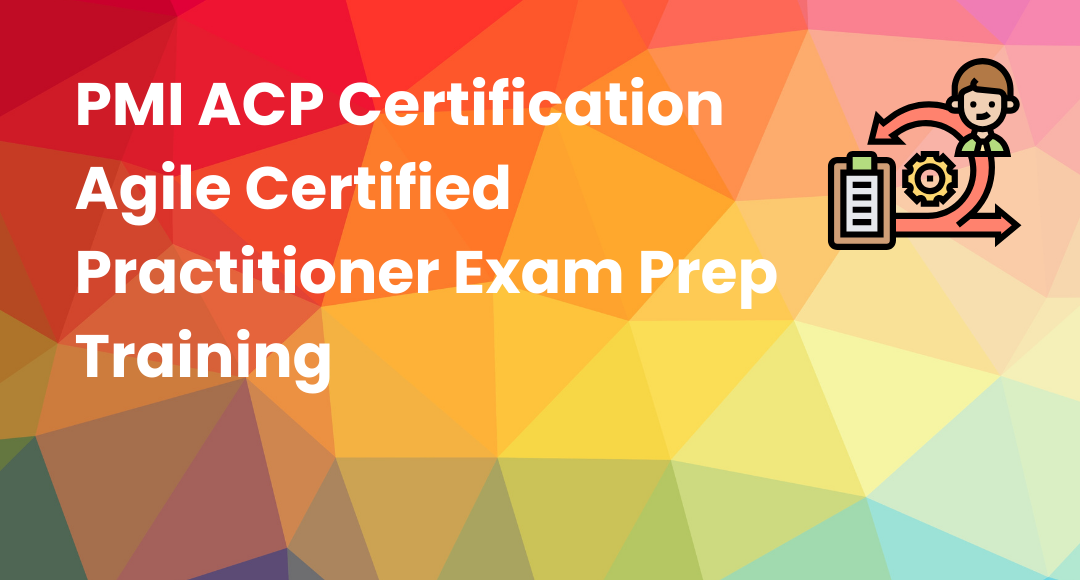

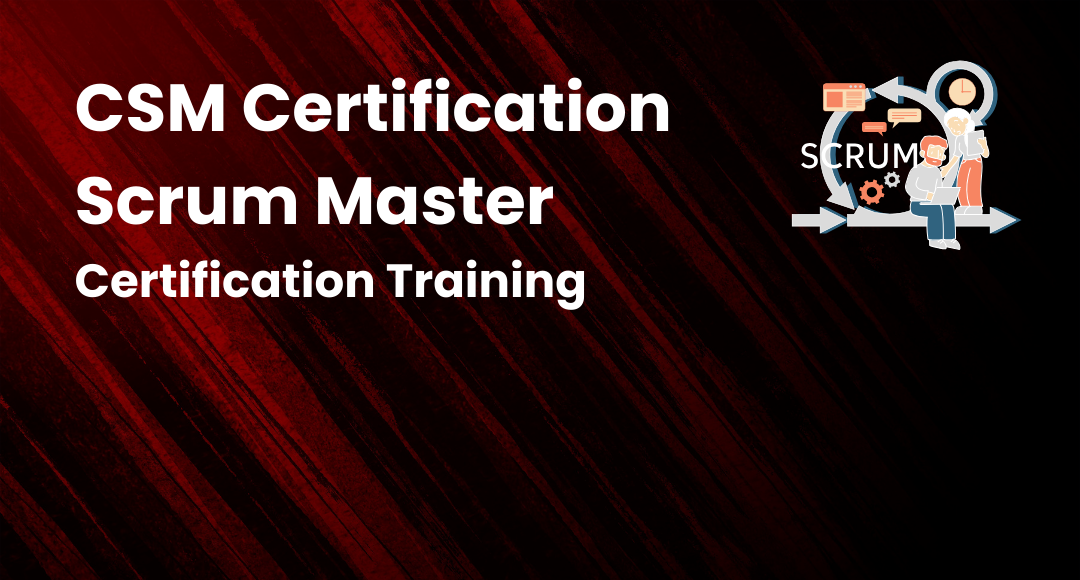
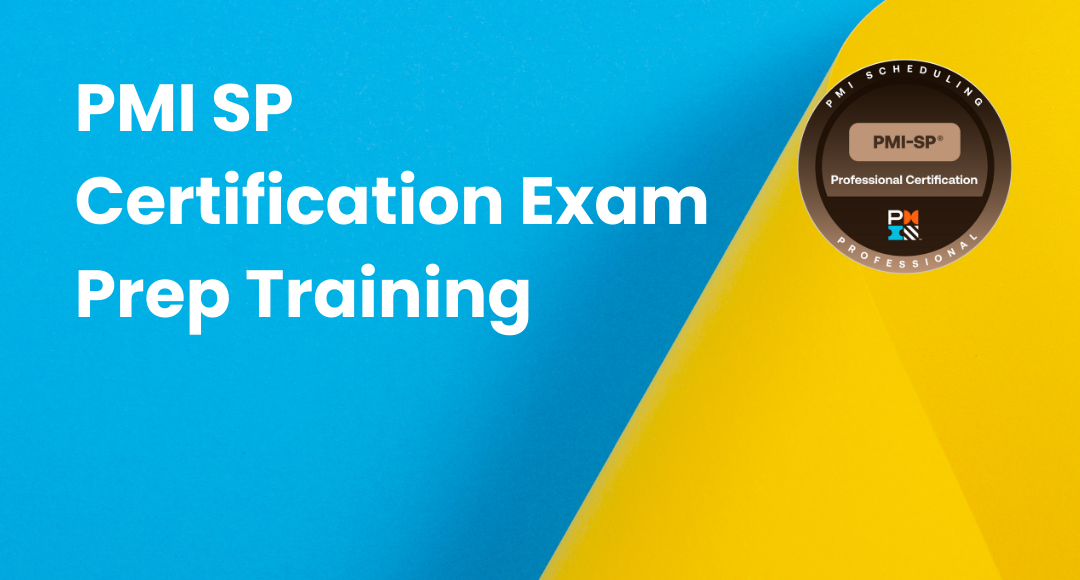

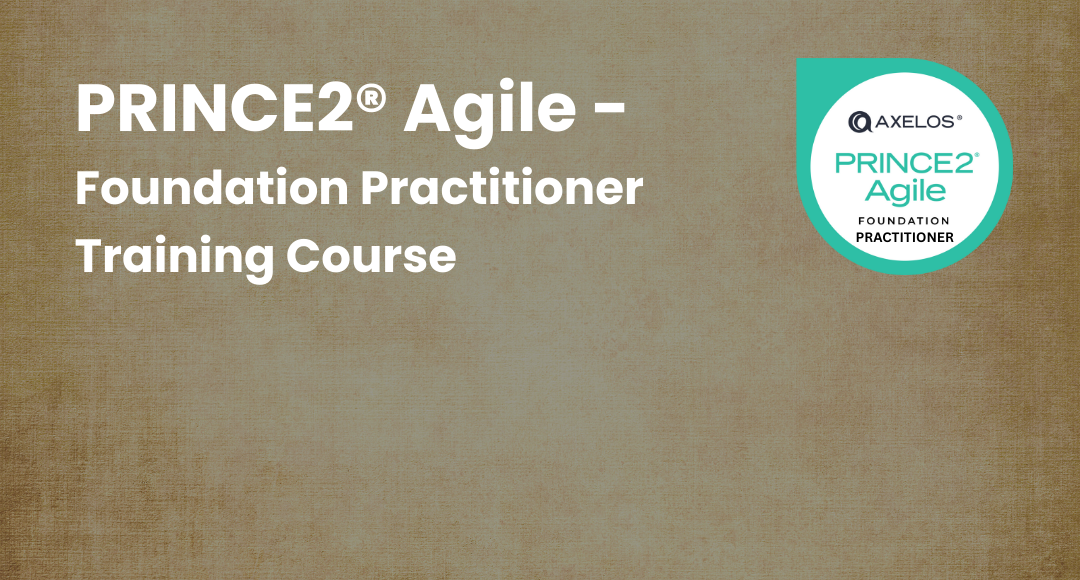
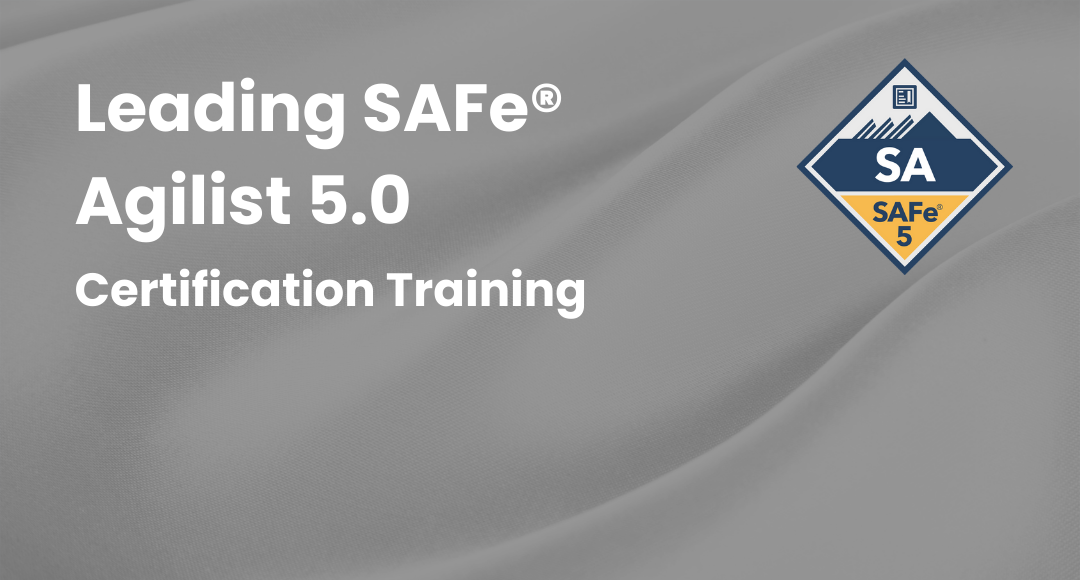
+Certification+Training.png)
